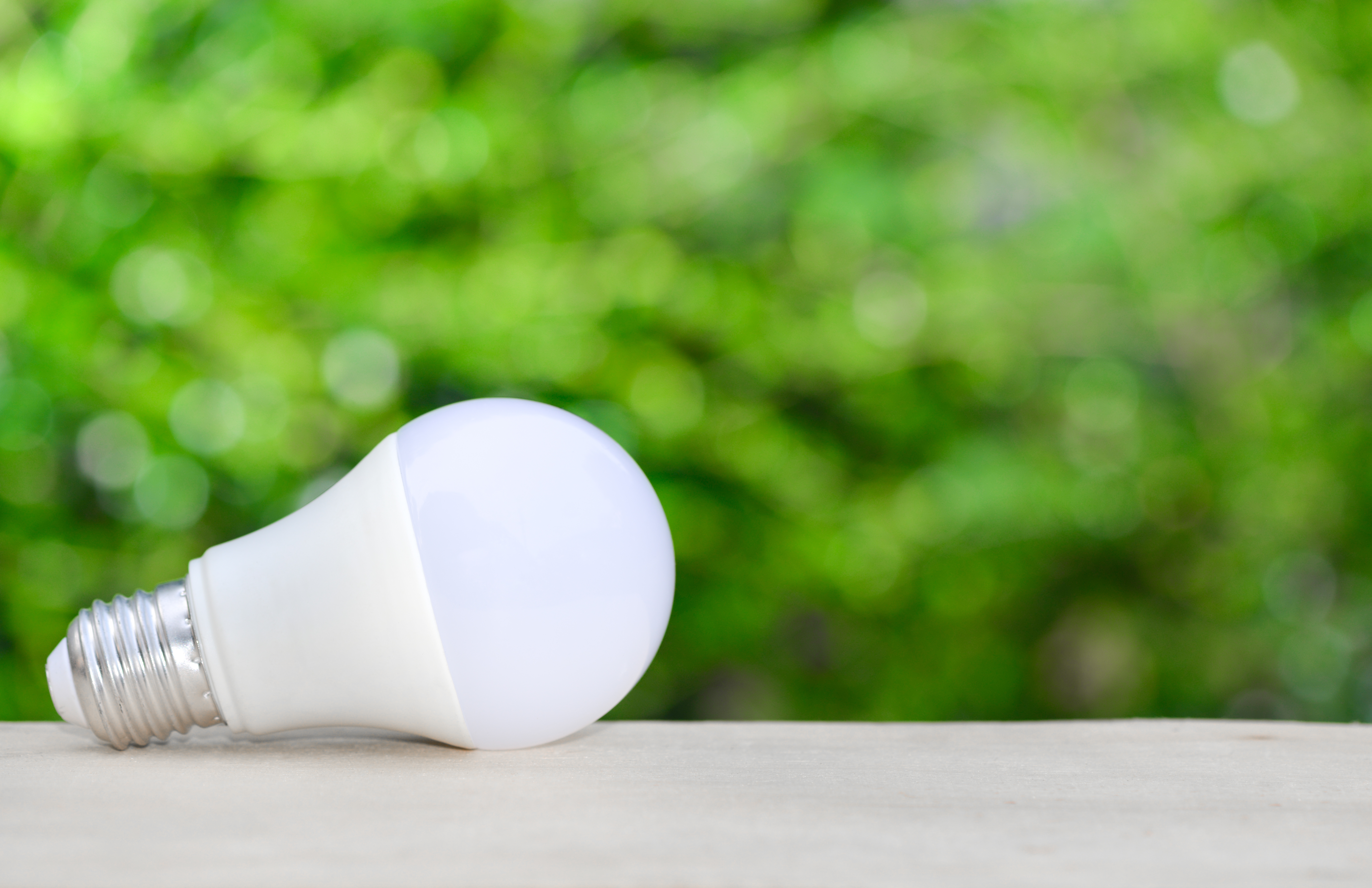
Illuminating the Future: Navigating Energy-Efficient Home Lighting
In the pursuit of sustainable living, energy-efficient home lighting emerges as a pivotal aspect of responsible and environmentally conscious home design. This article delves into the principles, technologies, and practical considerations that define the landscape of energy-efficient lighting, providing insights for those aiming to brighten their homes while minimizing their ecological footprint.
The Impact of Lighting: A Green Perspective
The significance of lighting in our homes goes beyond mere illumination. It affects our mood, productivity, and the overall energy consumption of our living spaces. Opting for energy-efficient lighting is a green choice that not only reduces electricity bills but also contributes to a more sustainable lifestyle.
LED Revolution: Lighting the Way Forward
Light Emitting Diodes (LEDs) have revolutionized the world of home lighting. These small but mighty devices offer exceptional energy efficiency, longevity, and versatility. LED bulbs use significantly less energy than traditional incandescent bulbs, making them a staple in energy-efficient home lighting.
Compact Fluorescent Lamps (CFLs): An Energy-Saving Alternative
Compact Fluorescent Lamps (CFLs) represent another energy-saving option for home lighting. CFLs consume less energy than incandescent bulbs and have a longer lifespan. While not as energy-efficient as LEDs, they still present a more eco-friendly choice compared to traditional bulbs.
Smart Lighting Controls: Tailoring Brightness to Need
Integrating smart lighting controls is a key strategy for optimizing energy efficiency. Systems that allow you to adjust brightness levels, set timers, and even control lighting remotely contribute to a more thoughtful and energy-conscious use of light in your home. Smart controls adapt to your needs, minimizing unnecessary energy consumption.
Natural Light Harvesting: Harnessing the Sun’s Power
Maximizing natural light in your home is a sustainable design principle. Strategically placing windows, skylights, and utilizing reflective surfaces can harness the sun’s power, reducing the need for artificial lighting during daylight hours. This not only saves energy but also enhances the overall well-being of occupants.
Energy Star Certification: A Mark of Efficiency
When selecting lighting fixtures and bulbs, look for the Energy Star certification. This label indicates that the product meets strict energy efficiency guidelines set by the U.S. Environmental Protection Agency. Energy Star-certified lighting options ensure that you are making environmentally responsible choices for your home.
Task Lighting Precision: Illuminating Where Needed
Implementing task lighting is a targeted approach to energy-efficient illumination. Instead of relying on overhead lights to brighten entire rooms, task lighting directs light precisely where it’s needed, reducing unnecessary energy consumption. This method enhances functionality and contributes to a more sustainable lighting strategy.
Fixture Selection: Merging Style with Efficiency
Choosing energy-efficient fixtures doesn’t mean compromising on style. There are numerous eco-friendly and aesthetically pleasing lighting options available. From pendant lights to chandeliers, explore fixtures designed with energy efficiency in mind. This allows you to brighten your home with style while maintaining a commitment to sustainable living.
Education and Awareness: Lighting the Path Forward
Promoting education and awareness about energy-efficient lighting is essential for widespread adoption. Understanding the benefits of LED technology, smart controls, and other energy-saving practices empowers homeowners to make informed choices that align with environmental responsibility.
Now, for those eager to brighten their homes with energy-efficient lighting solutions, delve deeper into the possibilities by visiting this link. Illuminate your living space with bright ideas that not only enhance your home but also contribute to a greener and more sustainable future.
